Does Running Make Your Legs Bigger?
Running can have different effects on the size of your legs depending on the intensity and duration of your workouts. When you run, excess fat is burned and your leg muscles are continuously used, which can stimulate their development and increase their size.
If you engage in continuous high-intensity running, your leg muscles may become bigger due to the increased muscle development. On the other hand, maintaining low-intensity running can effectively help burn excess fat in the legs, leading to slimmer legs.
It’s worth noting that men are generally more prone to having bigger leg muscles compared to women due to higher levels of growth hormone and testosterone.
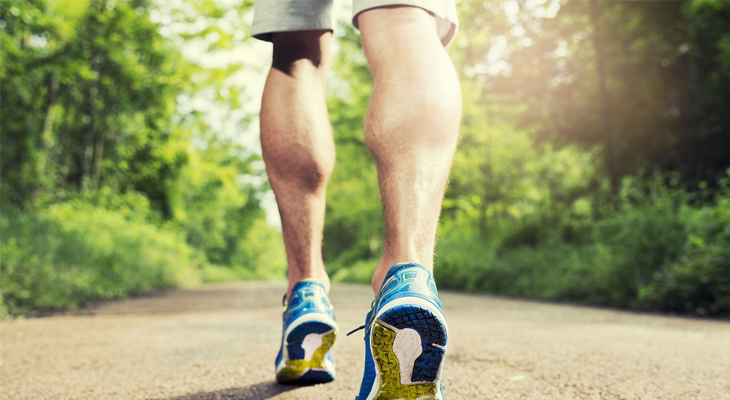
Causes of Legs Getting Bigger When Running
It’s important to understand the causes of legs getting bigger when running so that you can adjust your training methods accordingly.
Interval Running
Interval running, which focuses on muscle power and burns a significant amount of excess fat, can make your legs bigger. If you’re concerned about developing bigger legs, you should avoid this type of running training.

Body Types
There are three body types to consider in fitness training: ectomorph (Ecto), mesomorph (Meso), and endomorph (Endo). Each body type has different tendencies when it comes to muscle development and leg size. Understanding your body type can help you tailor your diet and exercise routine to achieve your desired leg muscles.
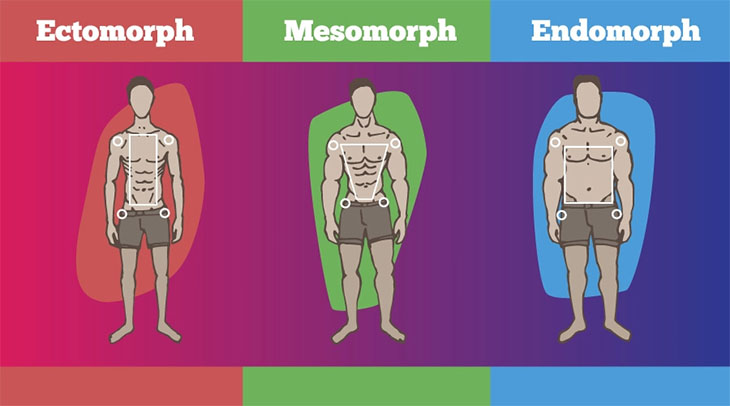
High Carbohydrate Diet
Consuming more carbohydrates than burned, especially unhealthy carbs found in sugary foods and drinks, can cause weight gain and lead to bigger legs. It’s important to have a balanced diet and avoid consuming excessive carbs before or after exercise, as this can prevent the burning of stored fat in the body.

Other Factors
Running on inclined roads or having little leg muscle and starting a running routine can contribute to bigger leg muscles. It’s important to consider these factors when determining your training methods.
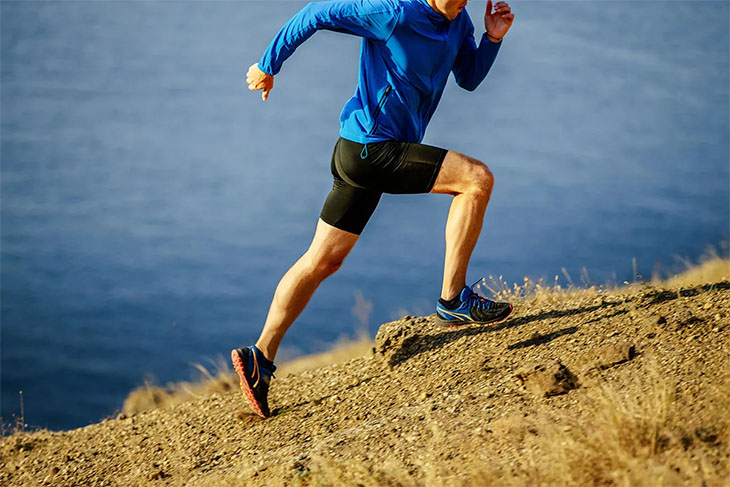
Principles for Achieving Slimmer Legs Through Running
Consistent Training
Consistency is key in achieving slim legs through running. Daily endurance running and long-distance running should be a part of your training routine in order to see results.
Healthy Diet
A healthy diet plays a crucial role in muscle development. It’s important to have a well-rounded diet, limit processed foods, sugary foods, and unhealthy fats. Consuming excessive carbs before or after exercise should also be avoided to promote the use of stored fat for energy.

Running on Flat Terrain
Running on flat roads can help conserve energy and minimize the movement of leg muscles, which can prevent the development of bigger legs. Using a treadmill allows you to easily adjust the incline according to your preference.
Forefoot Running
Running on the forefoot can increase running speed and reduce the impact on the joints. Long and fast strides should be avoided as they can reduce muscle development.
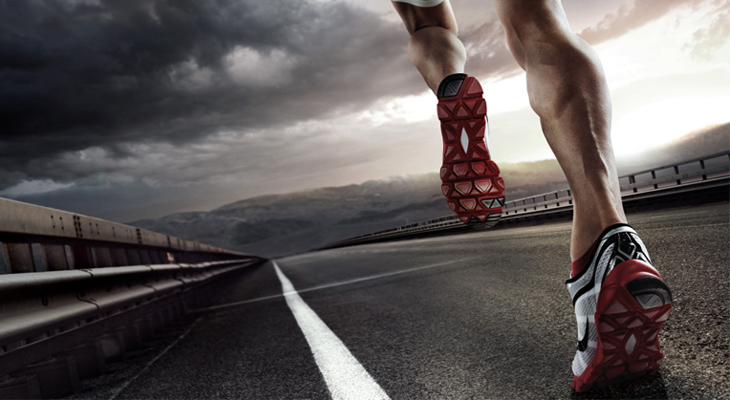
Long-Distance Running
Choosing long-distance running over interval or short-distance running can help achieve slimmer legs. Marathon runners often have smaller and slimmer legs due to the nature of their training.
Running on a Treadmill
Running on a treadmill allows you to easily control the time, incline, and distance of your runs. Combining treadmill running with other exercises can help burn more fat in your legs.

Principles for Achieving Bigger Leg Muscles Through Running
Running on Inclines
Running uphill can stretch and stress the leg muscles, leading to greater muscle development. Prioritize running on inclined terrain to promote bigger and firmer leg muscles. Using a treadmill allows for easy adjustment of the incline.
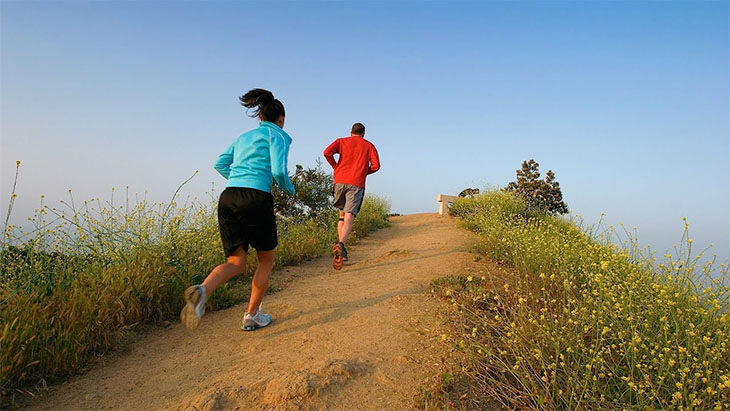
Interval Running
Interval running at high speeds can put more emphasis on the thigh muscles and promote stronger muscle development. Choose interval running training to help make your leg muscles bigger.
Proper Nutrition
A nutritious diet, especially with sufficient protein, is essential for muscle development. Foods high in good carbs such as nuts, whole grains, legumes, and green leafy vegetables should be prioritized.
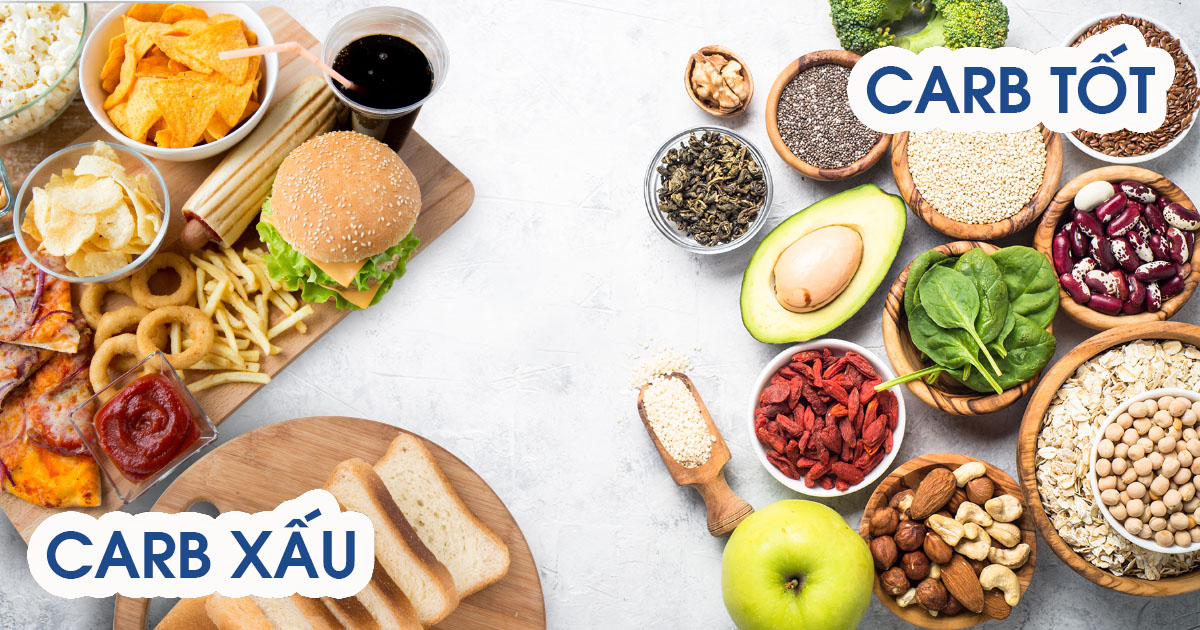
High-Intensity Training
High-intensity training is necessary to promote faster muscle development. Short-distance running at normal speeds may burn excess fat and make muscles firmer, but it won’t significantly increase muscle size. Incorporate high-intensity training into your routine for bigger leg muscles.
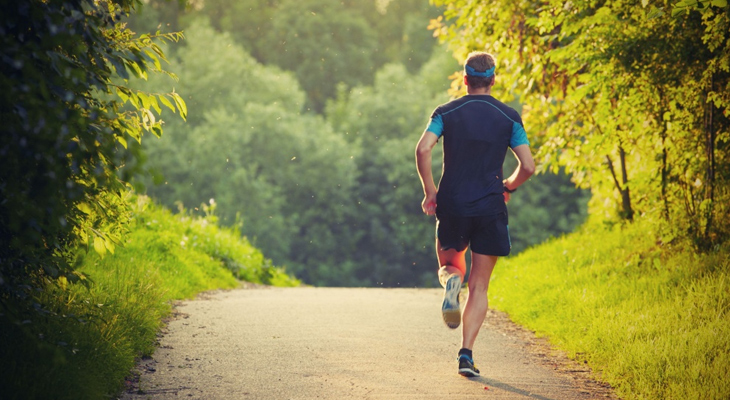
Above are the principles for achieving slimmer legs and bigger leg muscles through running. It’s important to customize your training and nutrition plan based on your specific goals and body type. Remember to consult with a professional trainer or nutritionist for personalized guidance. Your dedication and consistency will play a crucial role in achieving the desired results.
Unlock 8 Benefits with a Daily 5-Minute Jog
Living a hectic lifestyle can make fitting in time to exercise difficult. However, studies have revealed that even just 5 minutes of jogging a day can lead to positive outcomes for your health, including a decrease in the risk of developing cardiovascular disease, extending your life span by up to 3 years, or even reducing the susceptibility to heart disease.
Which is Better: Running for 30 Minutes in the Morning or Walking for 60 Minutes in the Evening – Health and Beauty Tips for Women
 Running for 30 Minutes in the Morning or Walking for 60 Minutes in the Evening – Health and Beauty Tips for Women’>
Running for 30 Minutes in the Morning or Walking for 60 Minutes in the Evening – Health and Beauty Tips for Women’>Which is better, walking or running?





































